The Ultimate Guide to Growing Marigolds in Indian Climate
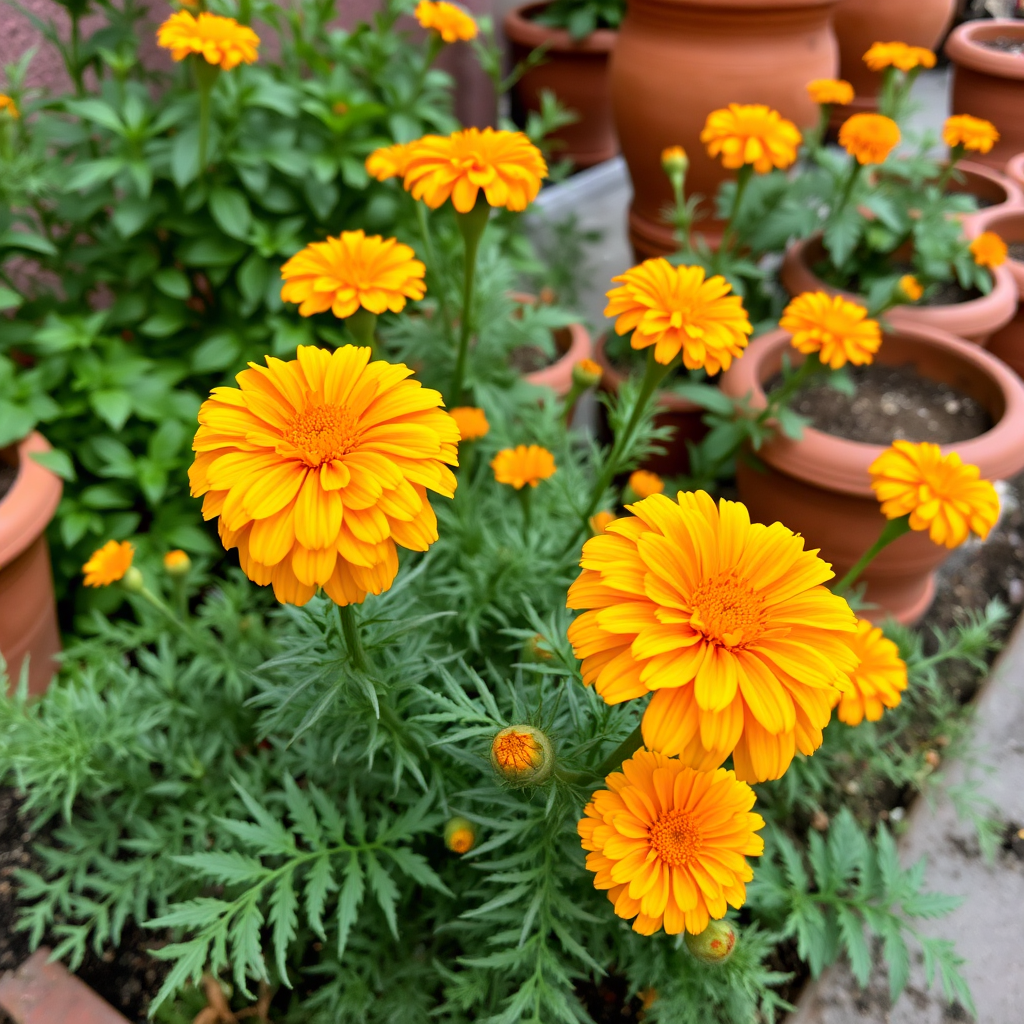
Marigolds, known as "Genda" in Hindi, are among the most beloved and versatile flowers in Indian gardens. These vibrant blooms not only add spectacular color to your garden but also hold deep cultural significance in Indian traditions and festivals.
Understanding India's Diverse Climate Zones
India's vast geographical expanse encompasses multiple climate zones, each presenting unique challenges and opportunities for marigold cultivation. From the humid coastal regions to the arid northwestern plains, understanding your local climate is crucial for successful marigold growing.
Tropical Regions
High humidity and consistent temperatures require careful attention to drainage and air circulation.
Semi-Arid Zones
Lower rainfall and higher temperatures demand strategic watering and soil moisture retention.
Choosing the Right Marigold Varieties
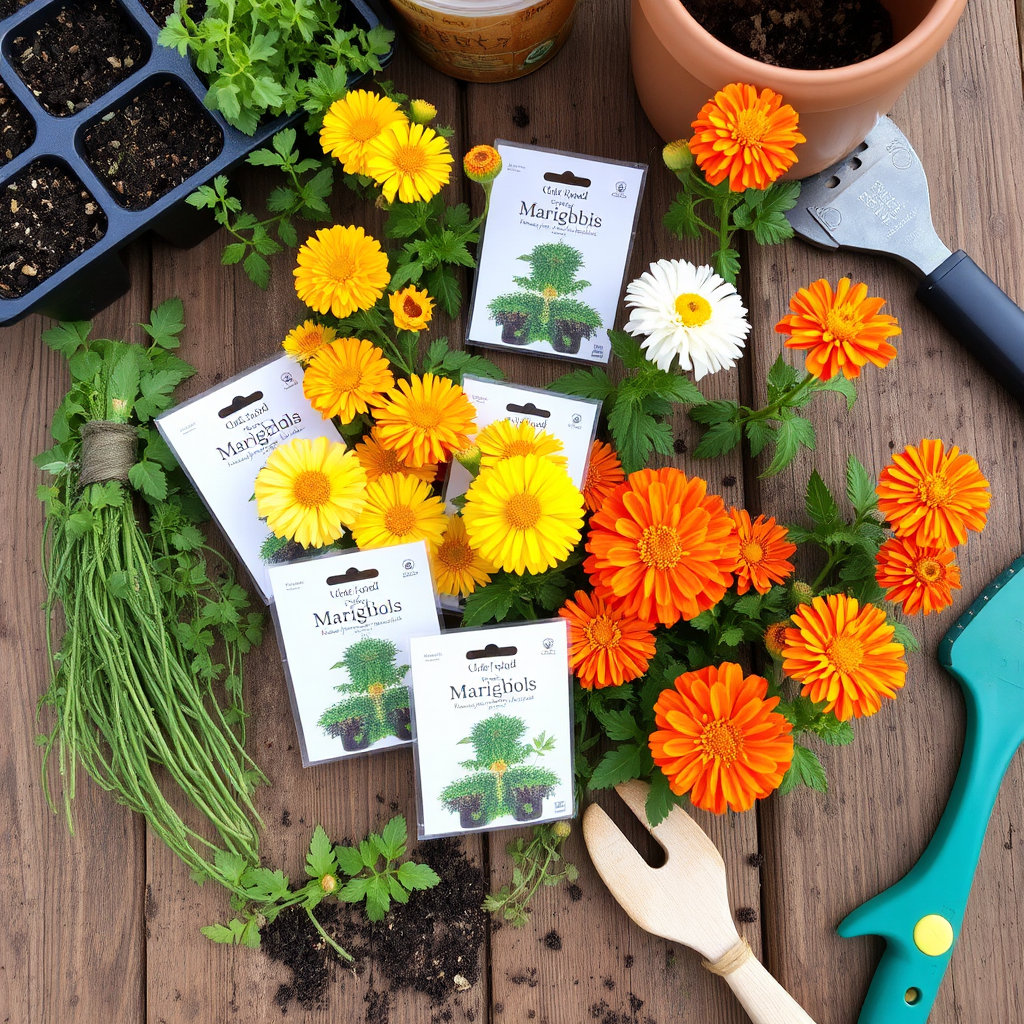
Selecting the appropriate marigold variety is fundamental to your gardening success. Each variety has distinct characteristics that make them suitable for different purposes and growing conditions.
African Marigolds (Tagetes erecta)
These tall, robust plants produce large, pompom-like flowers in shades of yellow and orange. Perfect for creating dramatic backdrops in your garden, African marigolds thrive in India's warm climate and can reach heights of 2-4 feet. They're particularly well-suited for festival decorations and temple offerings.
French Marigolds (Tagetes patula)
Compact and bushy, French marigolds offer a wider color palette including bi-colored varieties with red, orange, and yellow combinations. Their smaller stature makes them ideal for borders, containers, and companion planting with vegetables.
Signet Marigolds (Tagetes tenuifolia)
These delicate, small-flowered varieties produce edible blooms with a citrusy flavor. Their fine foliage and continuous blooming habit make them excellent for edging and culinary gardens.
Soil Preparation and Planting
Proper soil preparation is the foundation of healthy marigold growth. These adaptable flowers can tolerate various soil conditions but perform best in well-draining, fertile soil with a pH between 6.0 and 7.0.
Essential Soil Preparation Steps
- Test your soil pH using a simple testing kit available at garden centers
- Improve drainage by adding coarse sand or perlite to heavy clay soils
- Enrich with organic matter such as well-composted cow manure or kitchen compost
- Ensure proper depth by loosening soil to at least 8-10 inches deep
- Add balanced fertilizer with equal parts nitrogen, phosphorus, and potassium
Planting Timeline for Indian Seasons
Winter Planting
October - November
Best for most regions
Summer Planting
February - March
Hill stations only
Monsoon Planting
July - August
With proper drainage
Watering and Irrigation Strategies
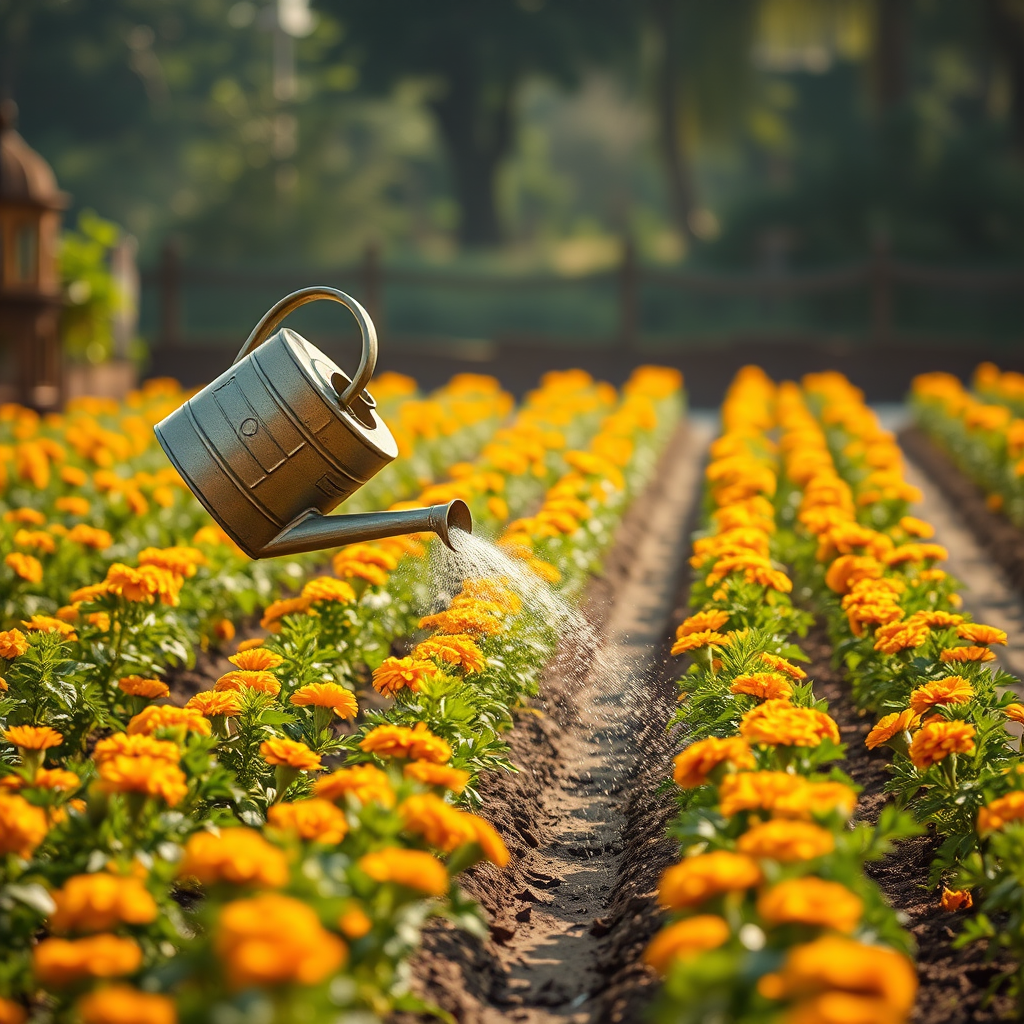
Water management is crucial for marigold success in India's varied climate conditions. These flowers prefer consistent moisture but are surprisingly drought-tolerant once established.
Regional Watering Guidelines
Northern Plains: During the hot summer months, water deeply every 2-3 days in the early morning or late evening. Reduce frequency during monsoon season to prevent root rot.
Coastal Areas: High humidity means less frequent watering is needed. Focus on ensuring good drainage and air circulation around plants.
Hill Stations: Cooler temperatures and higher rainfall require careful monitoring to prevent overwatering. Water only when the top inch of soil feels dry.
Pro Tip
Install a simple drip irrigation system using plastic bottles with small holes. This provides consistent moisture while conserving water - perfect for India's water-conscious gardening approach.
Seasonal Care and Maintenance
Marigolds require different care approaches throughout India's distinct seasons. Understanding these seasonal needs will ensure continuous blooming and healthy plant growth.
Winter Care (December - February)
This is the prime growing season for marigolds in most of India. Plants establish strong root systems and produce abundant blooms. Reduce watering frequency but maintain consistent moisture. Apply balanced fertilizer every 3-4 weeks to support continuous flowering.
Summer Care (March - June)
Protect plants from intense afternoon sun with shade cloth or companion planting. Increase watering frequency and mulch heavily to retain soil moisture. Deadhead spent flowers regularly to encourage new blooms and prevent the plant from going to seed prematurely.
Monsoon Care (July - September)
Ensure excellent drainage to prevent fungal diseases. Reduce watering significantly and improve air circulation around plants. Watch for pest issues that commonly arise in humid conditions and treat promptly with organic solutions.
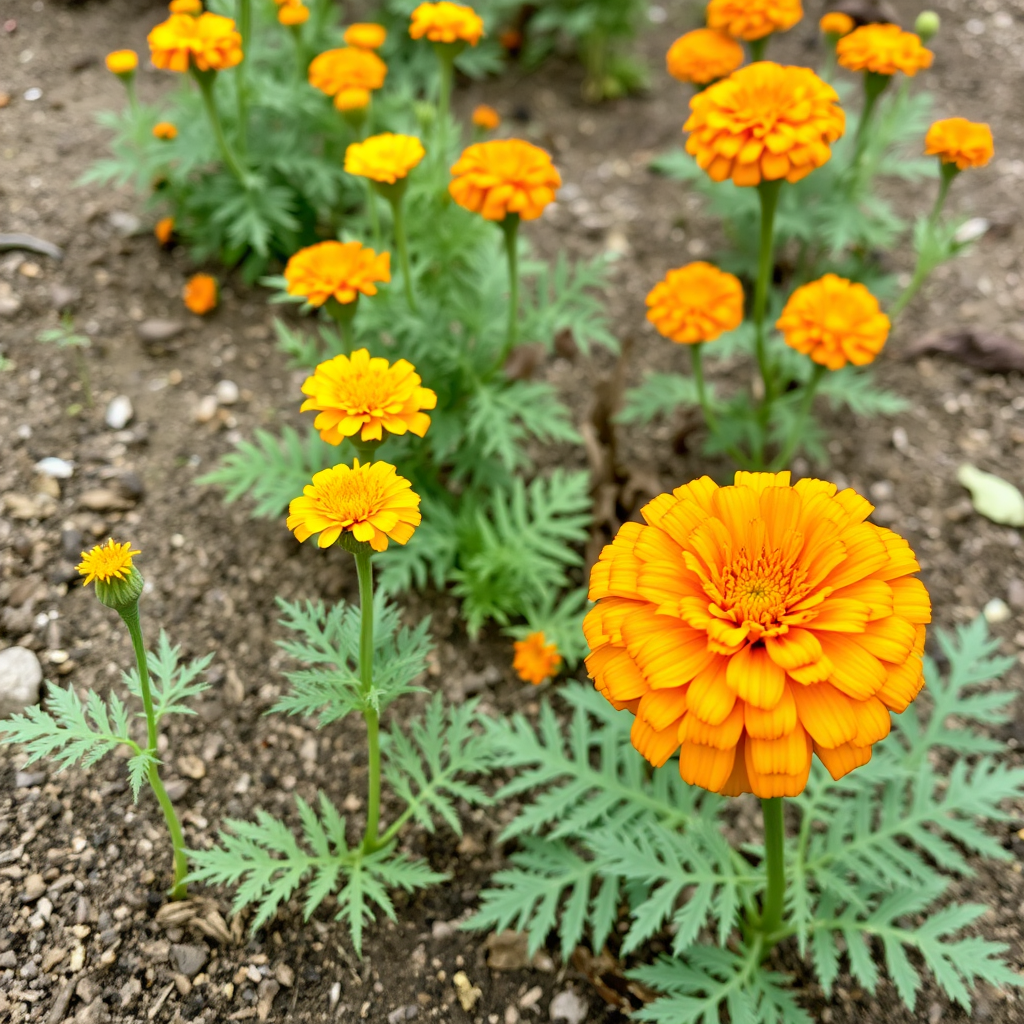
Common Challenges and Solutions
Even experienced gardeners face challenges when growing marigolds in India's diverse climate. Here are the most common issues and their practical solutions.
Aphid Infestations
Problem: Small green or black insects clustering on new growth and flower buds.
Solution: Spray with neem oil solution or introduce ladybugs as natural predators. Plant companion herbs like basil to deter aphids naturally.
Fungal Diseases
Problem: Powdery mildew and leaf spot during humid monsoon conditions.
Solution: Improve air circulation, avoid overhead watering, and apply organic fungicide made from baking soda and water.
Poor Flowering
Problem: Lots of foliage but few flowers, often due to excess nitrogen.
Solution: Switch to phosphorus-rich fertilizer and ensure plants receive at least 6 hours of direct sunlight daily.
Heat Stress
Problem: Wilting and reduced flowering during extreme summer heat.
Solution: Provide afternoon shade, increase mulching, and water deeply in early morning hours.
Harvesting and Using Your Marigolds
Marigolds offer multiple benefits beyond their ornamental value. From traditional uses in Indian festivals to practical applications in organic gardening, these versatile flowers deserve a place in every Indian garden.
Traditional and Modern Uses
- Festival decorations and garlands
- Natural pest deterrent in vegetable gardens
- Edible flowers for salads and garnishes
- Natural dye for fabrics and crafts
- Companion planting with tomatoes and peppers
- Cut flowers for indoor arrangements
- Dried petals for potpourri and sachets
- Traditional medicine applications
Harvesting Tips for Maximum Yield
Harvest marigold flowers in the early morning when they're fully hydrated and at their freshest. Cut stems just above a leaf node to encourage new growth and continued blooming. For garland making, harvest flowers with longer stems, while shorter cuts work well for potpourri and culinary uses.
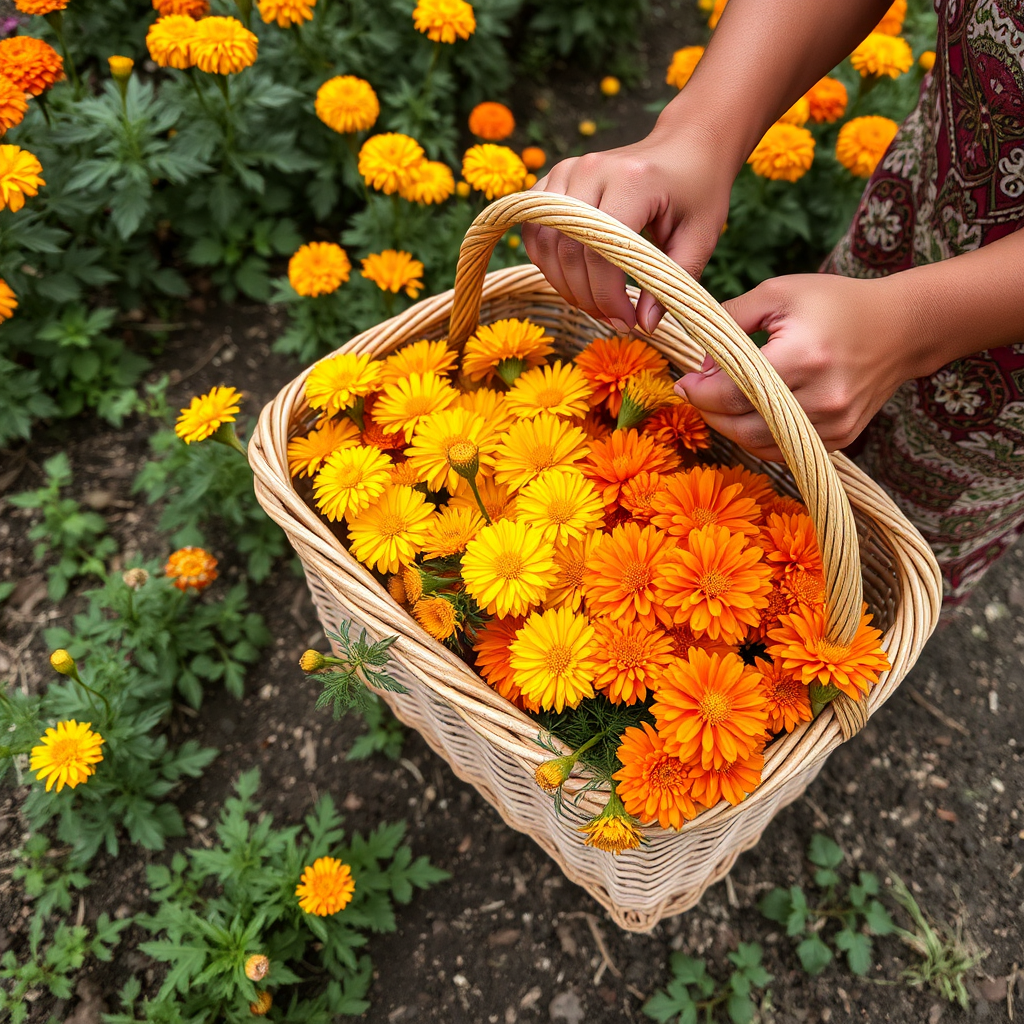
Creating a Year-Round Marigold Garden
With proper planning and succession planting, you can enjoy marigold blooms throughout the year in most parts of India. This approach ensures a continuous supply of flowers for both ornamental and practical purposes.
Monthly Planting Schedule
Main planting season for winter blooms
Second planting for spring flowers
Monsoon planting with good drainage
Hill station planting only
By staggering your plantings every 6-8 weeks and choosing varieties with different maturation periods, you can maintain a garden that provides fresh marigold blooms for festivals, decorations, and daily enjoyment throughout the Indian calendar year.
Start Your Marigold Journey Today
With this comprehensive guide, you're well-equipped to grow stunning marigolds that will thrive in India's unique climate conditions. Remember, successful gardening is a journey of continuous learning and adaptation to your local environment.